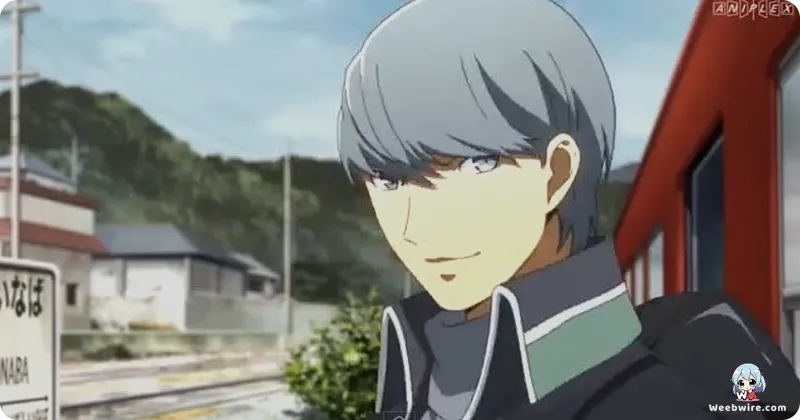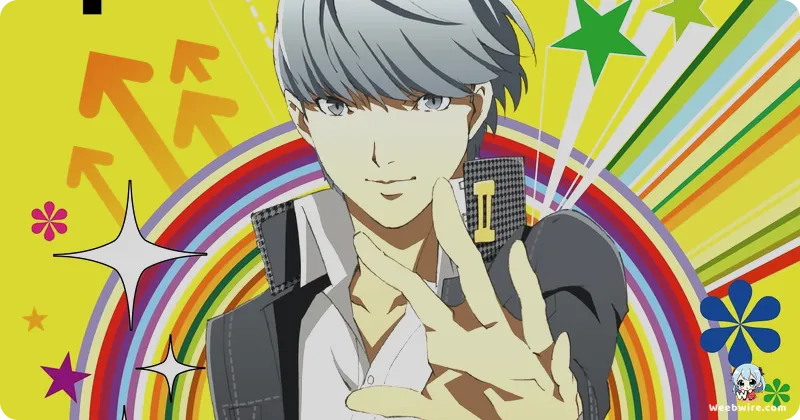Persona4 the Golden ANIMATION: Unveiling Marie's Journey and the 'True Ending' in a Definitive Anime Experience

When Atlus launched Persona 4 Golden for the PlayStation Vita, it was more than just a simple port; it was a significant enhancement to an already beloved RPG. Following this success, Persona4 the Golden ANIMATION (P4GA) emerged as a captivating companion to its predecessor, Persona4 the Animation (P4A). Far from a mere retelling, P4GA offered enthusiasts an unparalleled opportunity to delve into the enriched narrative and character arcs introduced in the Golden iteration of the game. It presented these with a distinct focus that clearly differentiates it from the initial anime. This exploration uncovers the less-known insights and brilliant storytelling decisions that cemented P4GA as an essential watch for both dedicated Persona fans and new viewers alike.
Marie's Central Role: A Golden Exclusive
A cornerstone and defining feature of P4GA is its exclusive spotlight on Marie, the enigmatic Velvet Room attendant first introduced in Persona 4 Golden. Unlike P4A, which provided a broad overview of the core storyline, P4GA meticulously integrates Marie's entire narrative arc into the established timeline of the Investigation Team. This was no trivial addition. A-1 Pictures, the studio behind both anime adaptations, masterfully wove her presence and her unique interactions with protagonist Yu Narukami and the ensemble cast into the existing fabric. Her cryptic poetry, a beloved source of humor and subtle foreshadowing in the game, is faithfully depicted, becoming a memorable quirk that endeared her to countless viewers. The anime diligently explores her mysterious origins, her profound connection to the 'fog', and ultimately, her poignant quest for self-discovery, culminating in her powerful awakening to the Persona Kaguya.
Ingenious Narrative Expansion: Unseen Moments and Deeper Bonds
The narrative ambition for P4GA was considerable: how to introduce fresh content without rehashing familiar ground or alienating audiences unfamiliar with the Golden game? The solution was ingenious. P4GA frequently frames its events as 'unseen' moments that unfolded concurrently with the original P4A, or as expanded sequences building upon previously established plot points. This approach allowed the anime to deepen character relationships, introduce new social links, and showcase additional holiday events, such as the memorable ski trip and the festive New Year's celebrations, that were exclusive to the Golden version of the game. These additions provided fresh perspectives on the Investigation Team's dynamics, illustrating their friendships and individual growth in scenarios not previously depicted.

Furthermore, the anime delved deeper into the expansive lore surrounding the true antagonist and the intrinsic nature of the Midnight Channel, elements significantly fleshed out in the Golden game. While P4A offered a satisfying conclusion, P4GA ventured beyond, presenting the 'True Ending' pathway that delivered a more comprehensive and ultimately more hopeful resolution to the saga. This included a profound exploration of Izanami and the authentic motivations behind the events plaguing Inaba, providing answers that enriched the entirety of the Persona 4 narrative. For fans who appreciated the intricate storytelling of the games, P4GA served as a crucial piece in grasping the full scope of the story.
Visual and Auditory Excellence: Upholding the Legacy
A-1 Pictures' decision to animate P4GA also ensured a consistent visual style and voice cast, providing a seamless viewing experience. The character designs, the vibrant color palette, and the fluid animation upheld the high standards established by P4A. The voice actors, many reprising their roles from both the game and the first anime, rekindled the familiar charm and emotional depth that fans had come to expect. The subtle nuances in Yu Narukami's established personality, his stoic yet surprisingly witty demeanor, were further emphasized through his interactions with Marie and the new events, solidifying his status as a beloved silent protagonist given a distinct anime voice.
Evolving Personas and a Resonant Soundtrack
One of the most gratifying aspects for fans was witnessing beloved characters engage in new events and unlock new Personas. The anime vividly showcased the Investigation Team's Personas evolving to their ultimate forms, reflecting their strengthened bonds and personal development throughout the expanded narrative. This visual representation of growth, coupled with dynamic new battle animations and strategic encounters, added another layer of excitement. The musical score, expertly crafted by the legendary Shoji Meguro and his team, also played a pivotal role, integrating fresh tracks from Persona 4 Golden alongside iconic themes, significantly enhancing the emotional resonance of every scene.
In essence, Persona4 the Golden ANIMATION was far more than a mere adaptation; it was a heartfelt homage to the expanded universe of Persona 4 Golden. It meticulously brought to life the additional layers of story, character, and lore that made the game a definitive experience. By centering on Marie's profound journey and the 'Golden'-specific events, the anime provided a fresh, engaging, and ultimately deeply satisfying extension to the beloved narrative, solidifying its place as a truly unique and indispensable chapter in the Persona anime saga. Its existence allowed fans to revisit Inaba and its quirky inhabitants, discovering new facets of their journey that might have been missed, or simply relishing them in a new, animated format.
Credits
Persona4 the Golden ANIMATION
Author
Atlus (Original Creator), Shigenori Soejima (Character Designer)
Cover Art
Shigenori Soejima
Studio
A-1 Pictures
Publisher
Atlus (Original Game), Aniplex (Anime Production/Distribution)
Producers





